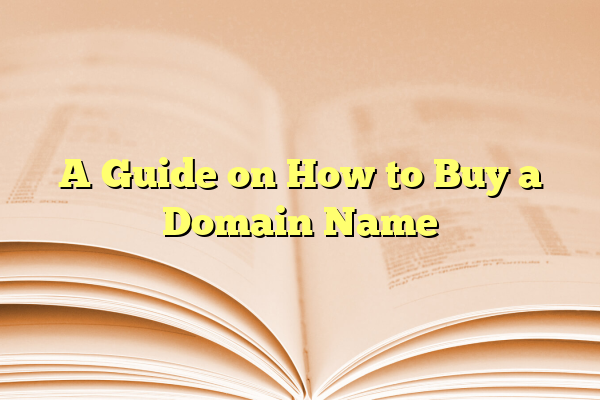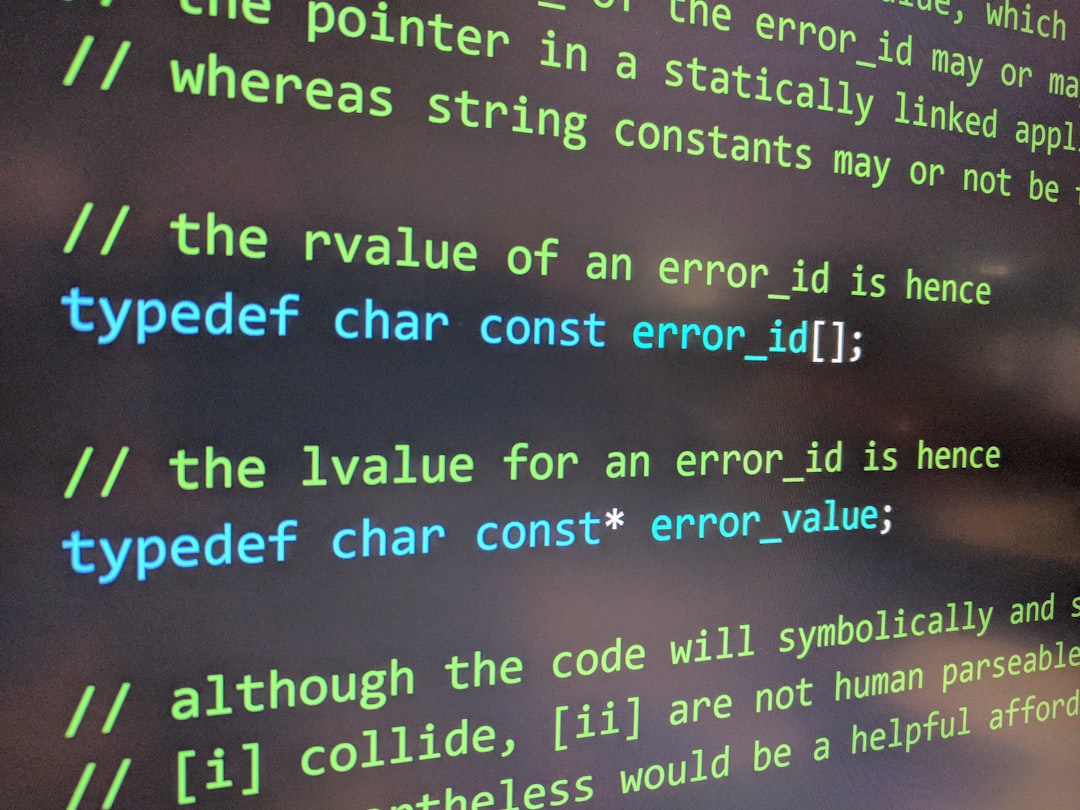
A Guide on How to Buy a Domain Name
Whether someone is starting a blog, launching a business, or creating a personal portfolio, securing a memorable domain name is a foundational step for establishing a presence online. A domain name serves as a digital address that helps visitors find a website easily. Choosing and purchasing the right domain involves a blend of creativity, strategic thinking, and a bit of technical know-how.
Contents
Understanding What a Domain Name Is
A domain name is the web address that people type into a browser to visit a website, such as example.com. It’s linked to an IP address but offers a more human-friendly way to locate web content. Domain names are made up of two parts: the name itself and the domain extension (like .com, .net, .org).
Steps to Buying a Domain Name
1. Brainstorm and Choose a Name
The process starts with selecting a name that reflects the brand, individual identity, or purpose of the website. Ideally, the domain should be short, easy to spell, and memorable. Keywords that relate to the business or niche can increase visibility and relevance.

2. Check Domain Availability
Once a preferred name is picked, it’s important to check whether it’s available. Several online platforms, such as GoDaddy, Namecheap, and Google Domains, allow users to search for domain availability. If the desired name isn’t available, these tools often suggest alternatives.
3. Choose a Domain Registrar
A domain registrar is a company accredited to sell domain names. Choosing a trusted and reliable registrar is essential. Look for registrars that offer good customer service, reasonable pricing, and include perks such as domain privacy protection.
4. Select a Domain Extension
The most popular extension is .com, but depending on the use case, other extensions like .net, .org, .io, or even country-specific ones like .co.uk or .ca might be more suitable. An extension can sometimes reflect the website’s purpose or target audience more effectively.
5. Register the Domain
After choosing a registrar and confirming availability, the next step involves registering the domain. The process typically includes creating an account, entering contact information, choosing the registration duration (usually 1 to 10 years), and completing payment.

6. Add Domain Privacy (WHOIS Protection)
When a domain is registered, personal contact information is listed in a public database known as WHOIS. Most registrars offer privacy protection services that keep this information hidden from the public, reducing spam and protecting identity.
7. Connect the Domain to a Website or Email
Once the domain is purchased, it can be connected to a website hosting provider or used for custom email addresses. Most registrars provide guides or support for configuring DNS settings to link the domain to a hosting plan, email service, or online store platform.
Tips for Buying a Domain Name
- Act quickly — Good domain names are snapped up fast. If a name is available, it’s wise to purchase it sooner rather than later.
- Avoid numbers and hyphens — These can cause spelling confusion and are often harder to remember.
- Use keywords wisely — If possible, include a relevant keyword in the name to improve SEO and clarity.
- Think long-term — Choose a domain that won’t feel outdated as your brand or project grows.
Frequently Asked Questions (FAQ)
-
Q: How much does a domain name cost?
A: Most domain names range from $10 to $20 per year, depending on the registrar and domain extension. -
Q: Can I buy a domain name permanently?
A: No, domain names are leased on a yearly basis. However, you can set up auto-renewal or register it for multiple years in advance. -
Q: What happens if someone already owns the domain name I want?
A: You can try purchasing it from the current owner using a domain aftermarket service, or consider alternative versions or extensions. -
Q: Is it possible to change a domain name later?
A: Yes, but it involves updating your website, branding, email addresses, and marketing materials. It’s better to choose wisely from the beginning. -
Q: Are there restrictions on domain names?
A: Yes, most registrars prohibit domains that include trademarked terms, illegal content, or offensive language.
Purchasing a domain name is a small but significant step toward building an online identity. With careful consideration and the right tools, anyone can claim the perfect corner of the internet.
